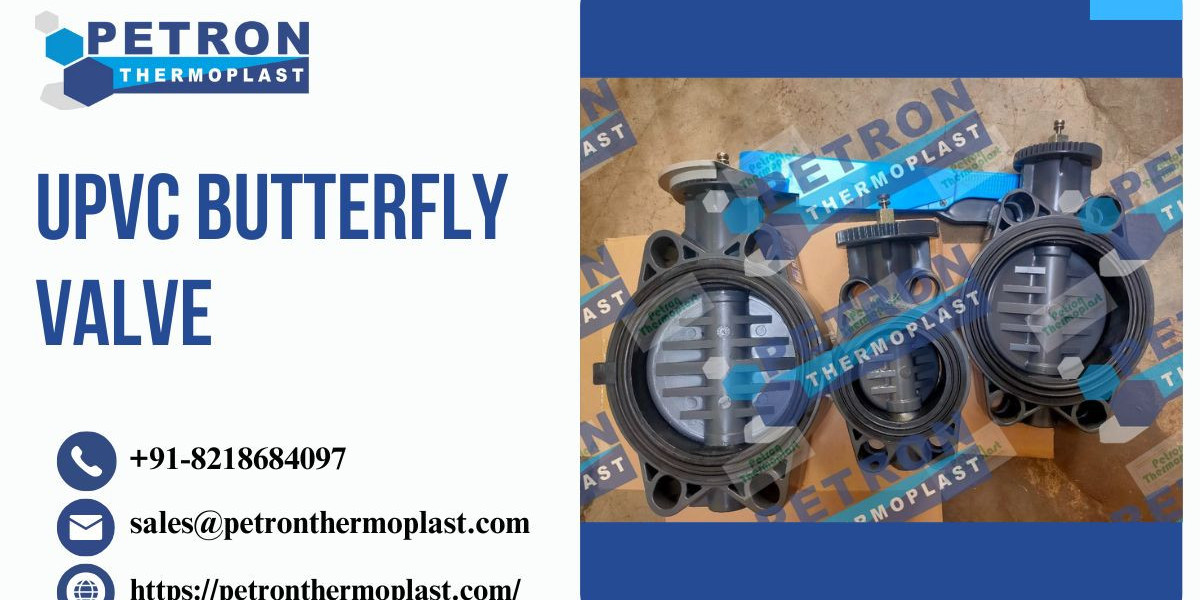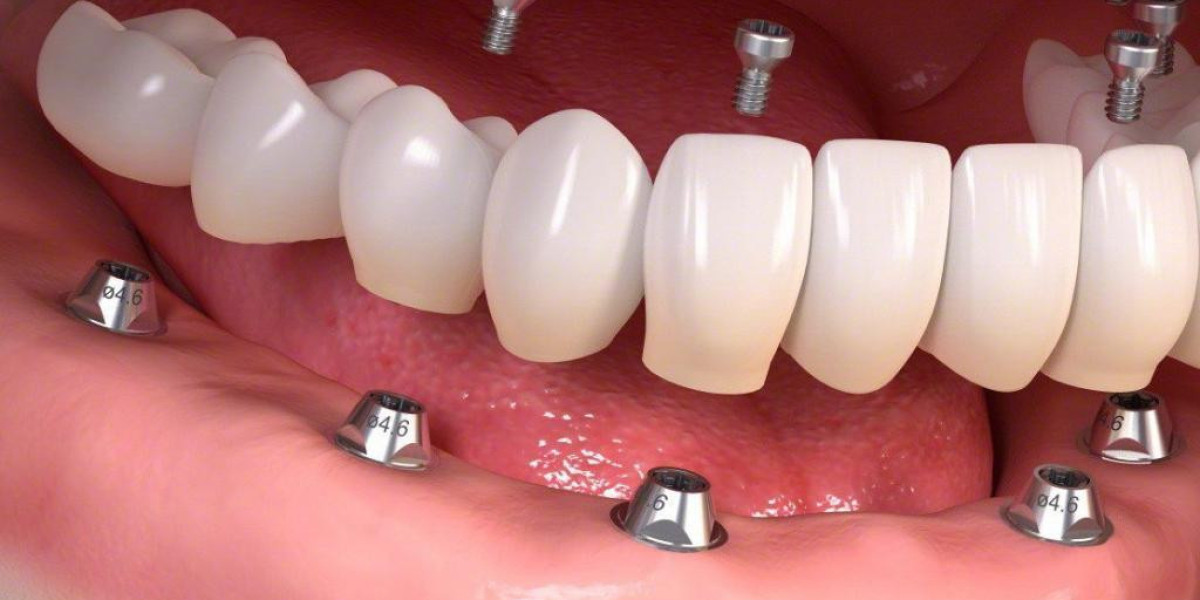When it comes to industrial fluid control systems, the quality of components used plays a pivotal role in ensuring long-term efficiency, safety, and low maintenance. One such critical component is the butterfly valve, a widely-used flow control device in piping systems across various industries. Among the different types and materials available, the UPVC butterfly valve stands out for its strength, corrosion resistance, and affordability. Designed for both performance and longevity, it is the ideal solution for flow control in applications dealing with water, chemicals, and corrosive fluids.
In this blog, we’ll explore what makes the UPVC butterfly valve such a dependable option, its technical advantages, and why industries are increasingly choosing it for their flow management needs.
What is a UPVC Butterfly Valve?
A UPVC (Unplasticized Polyvinyl Chloride) butterfly valve is a quarter-turn rotational motion valve used to regulate or isolate fluid flow in a pipeline. It features a disc that rotates on a central axis to either allow or restrict the flow. When the valve is in the closed position, the disc sits perpendicular to the flow and blocks it; when open, the disc aligns parallel to the flow.
UPVC as a material is a rigid, strong, and chemical-resistant thermoplastic that offers excellent durability under harsh conditions. These characteristics make UPVC butterfly valves a top choice for fluid handling systems, particularly where corrosive liquids, saltwater, or aggressive chemicals are present.
Key Features of UPVC Butterfly Valves
? Quarter-Turn Operation
UPVC butterfly valves are operated by a 90-degree turn of the handle or actuator. This allows for fast, simple flow control with minimal effort.
? Wide Flow Range
The disc design ensures minimal flow resistance when the valve is open and tight shut-off when closed. It works well for both throttling and isolation.
? Excellent Chemical Resistance
UPVC material is resistant to a broad spectrum of chemicals, including acids, bases, and salts. It performs well in corrosive environments where metal valves would fail.
? Durable Construction
The rigid structure of UPVC provides high mechanical strength and long service life, even under constant operation.
? Leak-Proof Sealing
High-grade elastomer seals (such as EPDM or Viton) ensure leak-free performance, even under fluctuating pressure or temperature.
?️ Compact and Lightweight Design
Compared to metal valves, UPVC butterfly valves are easier to handle and install, especially in large-diameter applications.
Advantages of Using UPVC Butterfly Valves
✅ Corrosion-Free Performance
UPVC valves are immune to rust, corrosion, and scaling, making them ideal for environments exposed to water and chemicals.
✅ Cost-Effective Solution
UPVC butterfly valves are more affordable than metal alternatives while offering comparable performance and longer service life in corrosive settings.
✅ Minimal Maintenance
Their resistance to chemical attack and abrasion significantly reduces maintenance frequency, saving time and operating costs.
✅ UV and Weather Resistance
With UV stabilizers, UPVC valves can also be used in outdoor installations without rapid degradation.
✅ Safe for Potable Water
UPVC is non-toxic and suitable for drinking water systems, especially when certified to NSF or equivalent standards.
✅ Versatile End Connections
These valves are available with various end types, such as flanged, wafer, and lug-style, for easy integration into different piping systems.
Industrial Applications of UPVC Butterfly Valves
Thanks to their versatile performance and chemical resistance, UPVC butterfly valves are widely used in various industries, such as:
? Chemical Processing
Handles acidic and caustic solutions with zero corrosion or metal ion contamination—ideal for chemical tanks and dosing systems.
? Water Treatment Plants
Used for both clean and wastewater systems, UPVC valves control water flow through pipelines and filtration units.
? Agriculture & Irrigation
Offers effective water flow control in field irrigation, drip systems, and nutrient distribution networks.
? Food and Beverage Industry
Non-reactive and hygienic, UPVC valves are used in clean water lines and washdown systems.
? Laboratories and Pharmaceutical Units
Controls flow in sterile and corrosive environments, including pure water and chemical mixing lines.
? Marine and Aquaculture
Performs reliably in saltwater and brine conditions without rust or corrosion, making them perfect for marine pipelines and fish farming systems.
How to Choose the Right UPVC Butterfly Valve?
When selecting a UPVC butterfly valve for your system, consider the following factors:
- Fluid Type – Make sure the valve materials are compatible with the fluid (e.g., chemical, water, seawater).
- Operating Pressure and Temperature – Verify that the valve meets your system's pressure and thermal conditions.
- Pipe Size and Connection Type – Ensure correct sizing and choose between wafer, lug, or flanged models based on the piping layout.
- Manual or Automated Operation – Decide whether a hand-lever, gear-operated, or actuator-driven valve suits your control needs.
- Seal Material – Choose the appropriate elastomer (EPDM, Viton, NBR) depending on chemical compatibility and temperature.
Installation and Maintenance Tips
- Use proper torque when bolting flanges to avoid over-tightening or leaks.
- Flush the pipeline before installing the valve to remove debris that could damage the seal or disc.
- Regularly inspect seals and moving parts in high-usage or high-pressure systems.
- Use chemical-resistant lubricants if required during assembly for specific applications.
- Check actuator alignment when integrating with electric or pneumatic automation systems.
Conclusion
The UPVC butterfly valve is an outstanding solution for industries seeking a durable, lightweight, and chemically resistant valve that ensures reliable flow control. Whether it’s managing water in a treatment plant, directing chemicals in a factory, or regulating nutrient flow in an irrigation system, this valve type delivers performance and peace of mind. With its excellent resistance to corrosion, ease of use, and adaptability to various applications, a UPVC butterfly valve is not only a smart investment but also a long-lasting asset for any piping system.



